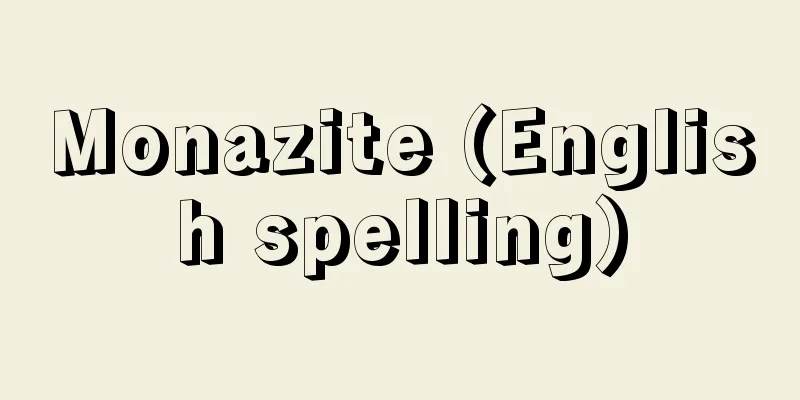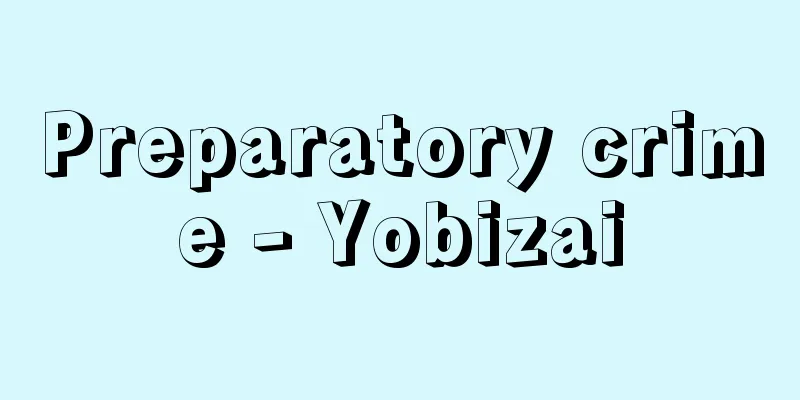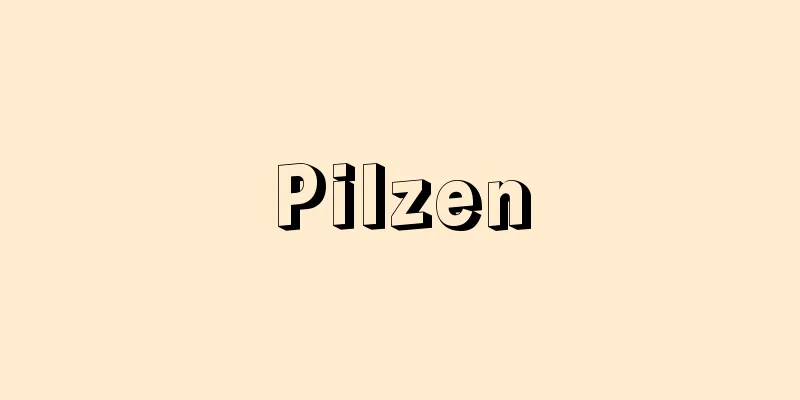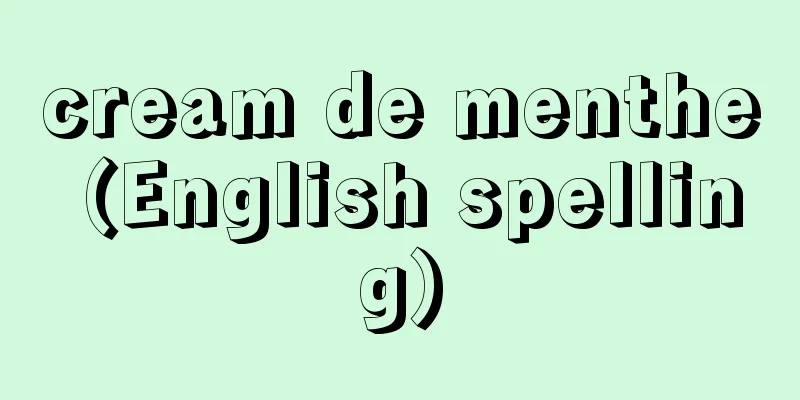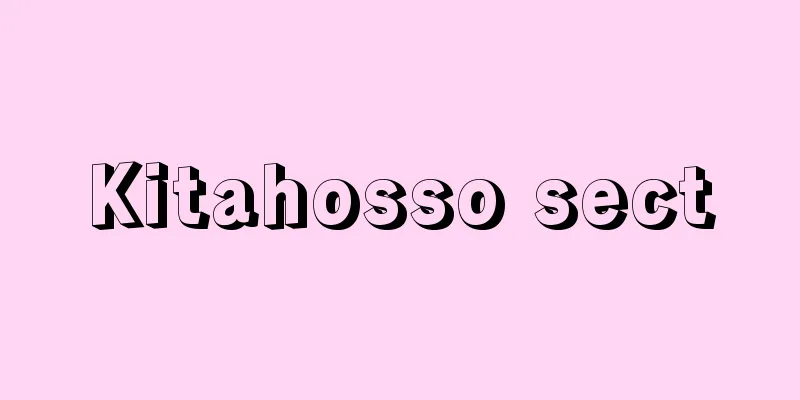Children's Charter - Jido Kensho
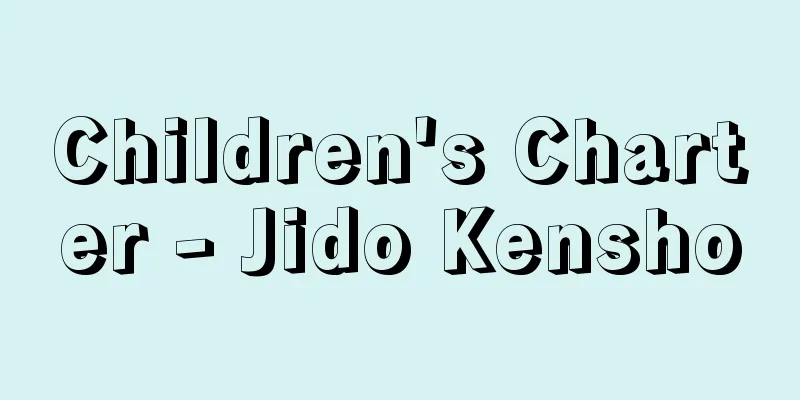
|
It is a declarative document created on Children's Day, May 5, 1951, in hopes of realizing the growth and happiness of children. The background to its creation was the need to protect children from the poor social and living environments following Japan's defeat in World War II, and the prewar view of children as subordinates to their parents that had not yet been fully corrected. After being proposed by the Central Child Welfare Council, it underwent two years of review and deliberation by various relevant parties at the central and local levels, before finally being enacted by the Children's Charter Creation Conference, chaired by the Prime Minister. It consists of a preamble, general provisions, and 12 articles. The three articles in the general provisions ("Children shall be respected as human beings. Children shall be valued as members of society. Children shall be raised in a good environment.") succinctly summarize the timeless universal principles that are essential for the healthy growth of each and every child. As the preamble states, "We, in accordance with the spirit of the Constitution of Japan, establish correct notions regarding children and promote the happiness of all children," this Charter confirms and declares that the fundamental human rights enshrined in the Constitution, which came into force four years ago, should also be guaranteed to children. For example, Article 1 of the Charter, which states, "Every child shall be born and raised in sound mind and body and his or her life shall be guaranteed," and Article 3, "Every child shall be provided with adequate nourishment, housing and clothing and shall be protected from disease and disaster," correspond to the "right to maintain the minimum standards of healthy and cultured living" (Article 25, paragraph 1 of the Constitution), while Article 4, "Every child shall receive an education according to his or her individuality and abilities and shall be guided to fulfill his or her responsibilities as a member of society," and Article 6, "Every child shall be assured of the opportunity to attend school and adequate educational facilities," can be seen as concretizing the "right to receive an equal education according to ability" (Article 26, paragraph 1 of the Constitution). Even half a century after the establishment of the Children's Charter, the situation surrounding children is still serious due to the progress of urbanization, information technology, nuclear families, low birthrate and aging population, etc., and provisions such as Article 9 "All children shall be provided with good playgrounds and cultural assets and protected from adverse environments" and Article 10 "All children shall be protected from abuse, overwork, neglect and other ill-treatment. Children who make mistakes shall be appropriately protected and guided" contain issues that need to be reconsidered from a modern perspective. Other provisions include the guarantee of a home environment as a place of growth (Article 2), specific educational goals (Article 5), the guarantee of vocational guidance opportunities (Article 7), the guarantee of educational opportunities and living standards for working children (Article 8), the guarantee of medical care, education and protection for disabled children (Article 11), and the image of a nation that contributes to peace and culture for mankind (Article 12). While the Children's Charter was pioneering, anticipating the contents of the United Nations Declaration of the Rights of the Child (1959) and the Convention on the Rights of the Child (1989), while the Declaration and the Convention clearly state that children are rights holders, the Charter's positioning of children as beings who should be protected from society seems to have been due to the constraints of the times. Furthermore, since the provisions of the Charter do not take the form of a law, they have no legal effect, and only clarify the social and moral responsibility that the state, society, and the entire nation should bear toward the realization of children's happiness. However, it is significant in that it presents ideas regarding child welfare and education, and provides guidelines for interpreting related laws such as the Child Welfare Act. [Shuichi Miyazaki] [References] | | | [Supplementary Material] |Children's CharterEstablished on May 5, 1951 We, in accordance with the spirit of the Constitution of Japan, establish correct ideas regarding children and promote the happiness of all children, and so establish this Charter. Children are respected as people. Children are valued as members of society. Children are brought up in a good environment. 1. All children shall be born and raised in good health in body and mind, and their lives shall be guaranteed. 2. All children shall be brought up in a family with proper love, knowledge and skills, and children who are not fortunate enough to have a family shall be provided with an alternative environment. 3. Every child will be provided with adequate nutrition, housing, clothing and protection from disease and danger. 4. Every child will receive an education according to their individuality and abilities and will be guided to independently fulfill their responsibilities as members of society. 5. All children will be guided to love nature and to respect science and the arts, and moral sentiments will be cultivated. 6. Every child shall have the opportunity to attend school and be provided with adequate educational facilities. 7. Every child will have the opportunity to receive vocational guidance. 8. Every child shall be fully protected to ensure that his or her work does not hinder his or her physical and mental development, deprive him or her of an opportunity to receive an education, or interfere with his or her life as a child. 9. All children will have access to good playgrounds and cultural assets and will be protected from harmful environments. 10. All children will be protected from abuse, mistreatment, neglect and other ill-treatment. Children who make mistakes will be given appropriate protection and guidance. 11. Every child shall be afforded appropriate medical treatment, education and care in case of physical disability or insufficient mental faculties. 12. All children shall be united in love and truth and guided to contribute, as good citizens, to the peace and culture of mankind. [References] |Source: Shogakukan Encyclopedia Nipponica About Encyclopedia Nipponica Information | Legend |
|
1951年(昭和26)5月5日の「こどもの日」に、児童の成長と幸福の実現を願って作成された宣言的文書である。制定の背景には、第二次世界大戦敗戦後の劣悪な社会・生活環境から児童を保護する必要性があり、子を親の従属物とみる戦前の児童観がいまだ十分に正されていない状況があった。中央児童福祉審議会の発議以来、中央・地方の関係各方面における2年がかりの検討・審議を経、最終的に内閣総理大臣主宰の児童憲章制定会議において制定された。 前文、総則、本則12条からなる。総則部分にうたわれた3項目(「児童は、人として尊ばれる。児童は、社会の一員として重んぜられる。児童は、よい環境のなかで育てられる。」)は、児童ひとりひとりの健全な成長の実現にとって必須(ひっす)な、時代を超えた普遍的原理を端的に集約したものといってよい。また「われらは、日本国憲法の精神にしたがい、児童に対する正しい観念を確立し、すべての児童の幸福をはかるために、この憲章を定める。」との前文が示すように、本憲章は、施行から4年を経過した憲法に盛られている基本的人権が、児童にも保障されるべきことを確認し宣明したものである。たとえば、憲章の第1条「すべての児童は、心身ともに健やかにうまれ、育てられ、その生活を保障される。」や、第3条「すべての児童は、適当な栄養と住居と被服が与えられ、また、疾病と災害からまもられる。」は、「健康で文化的な最低限度の生活を営む権利」(憲法25条1項)に対応しており、第4条「すべての児童は、個性と能力に応じて教育され、社会の一員としての責任を自主的に果たすように、導かれる。」、第6条「すべての児童は、就学のみちを確保され、また、十分に整った教育の施設を用意される。」などは、「能力に応じて、ひとしく教育を受ける権利」(憲法26条1項)を具体化したものとみることができる。 また、児童憲章制定後半世紀を経てもなお、都市化、情報化、核家族化、少子高齢化等の進展により、児童をとりまく状況が深刻ななかで、第9条「すべての児童は、よい遊び場と文化財を用意され、わるい環境からまもられる。」、第10条「すべての児童は、虐待・酷使・放任その他不当な取扱いからまもられる。あやまちをおかした児童は、適切に保護指導される。」などの規定は、現代的視点から改めてとらえかえすべき課題を含んでいる。その他の条項は、成長の場としての家庭環境の保障(第2条)、教育の具体的目標(第5条)、職業指導機会の保障(第7条)、働く児童の教育機会と生活の保障(第8条)、障害児の医療・教育・保護の保障(第11条)、人類の平和・文化に貢献する国民像(第12条)について定めている。 児童憲章は国際連合による児童権利宣言(1959)および児童権利条約(1989)の内容を先取りする先駆性を有した反面、権利宣言および権利条約が児童を権利主体であることを明確にしているのに比して、本憲章が児童を社会から保護されるべき存在と位置づけたのは時代の制約であったとみられる。また憲章の定めは法律の形式をとっていないため法的効力そのものはなく、国家、社会および国民全体が負うべき児童の幸福実現に向けた社会的、道徳的責任を明示したにとどまる。しかし児童の福祉や教育に関する理念を提示し、児童福祉法など関係法令の解釈指針を与えた意義は大きい。 [宮﨑秀一] [参照項目] | | | [補完資料] |児童憲章
|
<<: Declaration of the Rights of the Child
Recommend
Co-precipitation
…When a precipitate forms, other substances that ...
Depopulation Acts
…As a result, feudal lords expelled the peasants ...
Contribution - futankin
There are two types of contributions: (1) Money i...
Yellow-green algae - Yellow-green algae
…Currently, there are approximately 30,000 known ...
Haga Zenka
?-1372 A military commander during the Nanboku-ch...
Estuary Barrage (Estuary Barrage)
A weir constructed near the mouth of a river has t...
《Flower Armor》
…He died in Beijing in 1959, where he had been in...
Icazbalceta, CG (English)
… Research into Mesoamerican culture began with r...
Karausu (standing) - Karausu
…〈Kasumi〉 = A and B stand behind each other, with...
Onga River
A first-class river that flows north through east...
Inari sushi (Inari sushi) - Inari sushi
This is a bag-shaped fried tofu dish that has been...
Kamouri - Kamouri
Please see the "Winter melon" page. Sou...
External blowing flap - External blowing flap
...There are various types of these, such as uppe...
Donatist - Donatus (English spelling)
A sect of Christians in North Africa in the 4th ce...
Miasa [village] - Miasa
A village in Kitaazumi County in northwest Nagano ...
